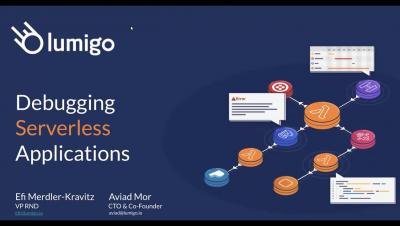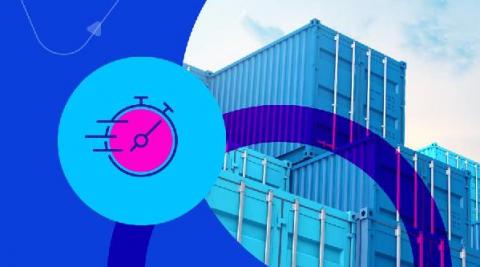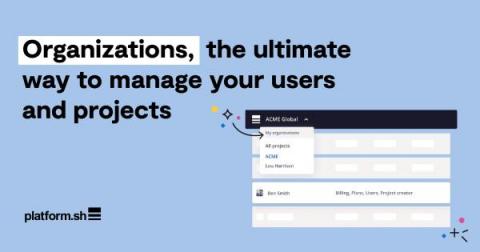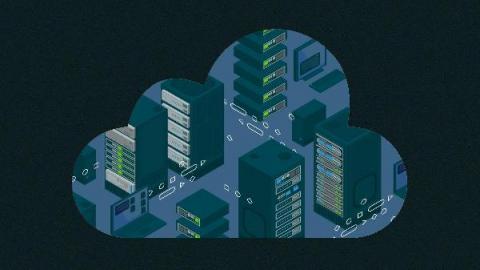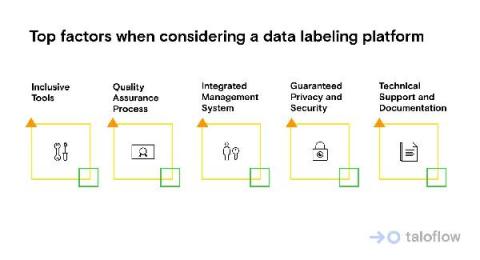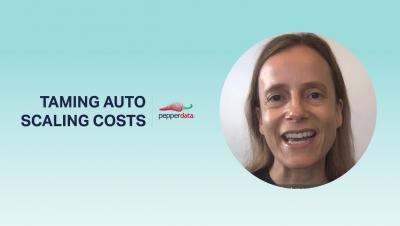Operations | Monitoring | ITSM | DevOps | Cloud
Cloud
The latest News and Information on Cloud monitoring, security and related technologies.
Fast, highly available, shared storage for containers that natively integrates with your compute infrastructure
With containerized workloads now the norm, and Kubernetes the chosen method for orchestration, new ways of operating and managing the underlying infrastructure have emerged. In this Kubernetes-first world, the goal is to not have to think about managing compute or storage.
Organizations, the ultimate way to manage your users and projects
Organizations thrive on organization. But as the number of projects and contributors you organize within your organization grows, it becomes more and more difficult to organize your organizational permissions. That’s why we’ve introduced a new type of organizational layer that we’ve cleverly named Organizations. Organizations allow your key contributors to manage your projects and billing, thus removing the bottleneck on the legacy project owner.
Modernizing Apps through Containerization instead of Lift and Shift
Lately, organizations are experiencing the urgency to containerize their age-old legacy applications in order to offer the best experience to their existing and new customers. Despite the great pressure on IT systems and organizations, modernizing mission-critical applications to ensure business continuity and stability is more of a necessity.
Top 6 advantages of software as a service
Of the many challenges faced by modern enterprises, managing a remote workforce is near the top of the list. Keeping distributed teams organized, engaged, and happy is crucial in today’s highly competitive and globalized business environment. Providing reliable, secure, and cost-effective software tooling is just one piece of this increasingly complex puzzle.
An In-Depth Guide to Data Labeling - Tools, Best Practices & More
Serverless observability and real-time debugging with Dashbird
Systems run into problems all the time. To keep things running smoothly, we need to have an error monitoring and logging system to help us discover and resolve whatever issue that may arise as soon as possible. The bigger the system the more challenging it becomes to monitor it and pinpoint the issue. And with serverless systems with 100s of services running concurrently, monitoring and troubleshooting are even more challenging tasks.


